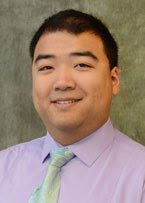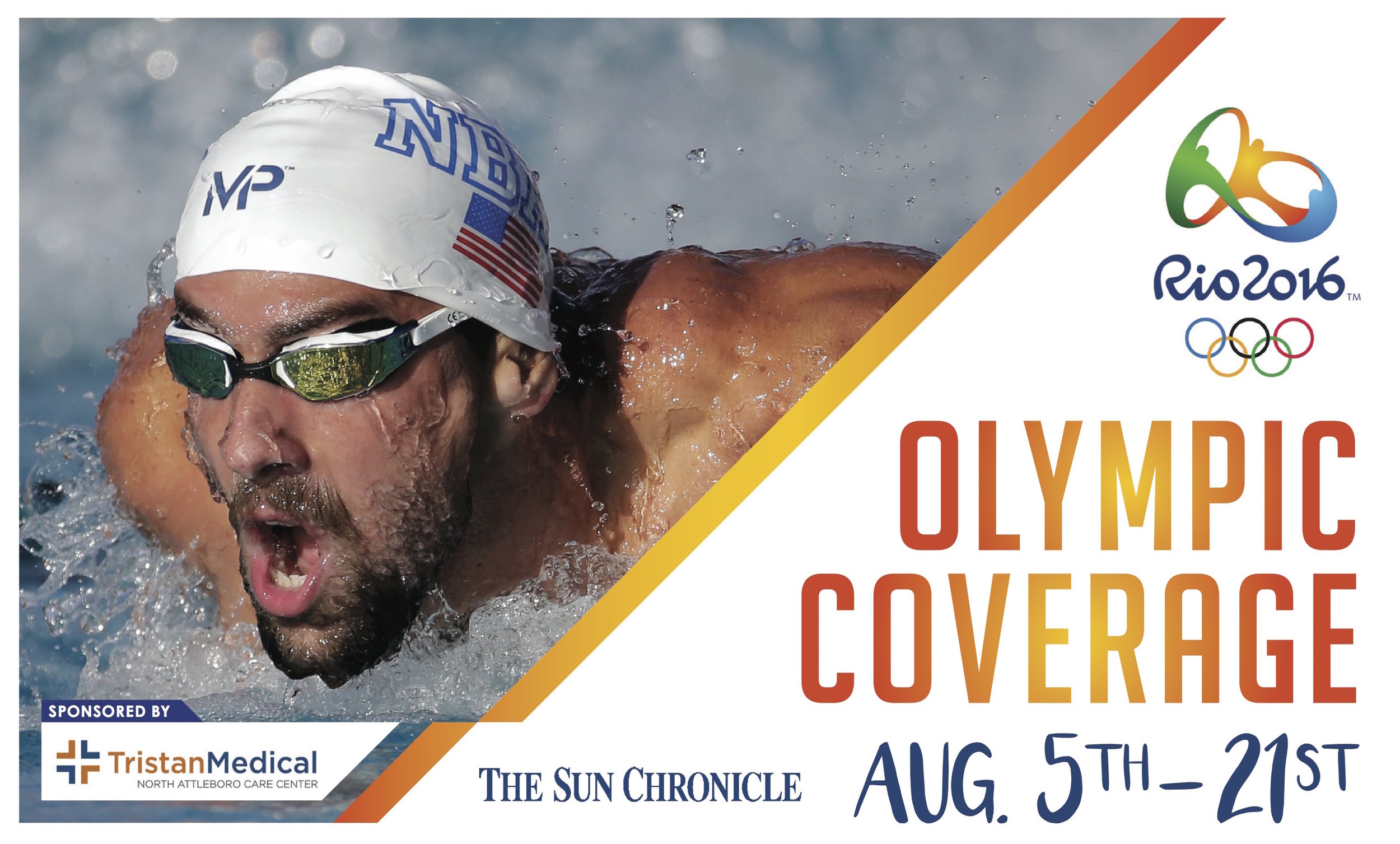Don’t miss our “The PRP Injection: Are You A Candidate?" QUIZ at the bottom of the article!
There are several telltale signs and symptoms of knee osteoarthritis. Although occasional knee pain and stiffness isn’t uncommon, there comes a day when one realizes that his or her knees are not like they used to be. Don’t ignore what your body is trying to tell you, instead keep an eye out for new sounds your knees might be making, new areas where pain occurs, and how frequently your knees get stiff and sore. Here are 5 signs that you may be a candidate for the PRP injection.
- Sore You were used to your knees occasionally aching after a long jog or hike, or perhaps from doing manual labor like gardening or woodworking. However, you’ve started noticing that your knees just hurt all (or at least most of) the time. This could be due to the degeneration in knee cartilage, which means that the movement of your knee joint is mostly bone-on-bone. This can cause sore, painful, and achy knees, which the PRP injection could benefit by regenerating knee cartilage growth.
- Stiff Having a little knee stiffness from time-to-time isn’t abnormal, especially after rigorous physical activity. But if you’re starting to feel like your knee is stiff even after laying down for long periods of time, that could be a sign of joint inflammation due to a lack in cartilage. This means that there’s a good chance you may have knee OA. The healing properties of concentrated blood platelets in the PRP injection can help ease this inflammation by repairing any damaged tissues and bone. In fact, a study from 2011 found that “autologous PRP injections showed more and longer efficacy than HA injections in reducing pain and symptoms and recovering articular function.”
- Loud If your knee sounds like a small firecracker going off every time you move it, you may have knee OA or meniscal damage. Either case can be accompanied by both pain and stiffness. Look out for crackling and crunching sounds, as this is a sign that cartilage has worn away, and that the knee joint is now bone-on-bone or a sign of damage and tearing of the meniscus. As previously mentioned, the PRP injection can help regenerate cartilage in the knee joint and stimulate meniscus healing, which would further help prevent any noisy bone-to-bone sounds.
- Age Although knee OA can affect nearly anyone for a number of reasons, age is a factor to consider. According to the CDC, 49.6% of persons ages 65 or older reported doctor-diagnosed arthritis. Also, consider that the infection rate for people over the age of 75 is higher than their younger counterparts. Invasive surgery and implants should be taken very seriously, that’s why it’s important to consider a non-invasive approach with significantly less recovery time- the PRP injection. For those who are younger and suffering from knee OA, it’s also important to consider PRP therapy, as surgery can entail a much longer and arduous recovery period than anticipated, especially since a joint has to be replaced every 10 years (on average).
- Don’t want surgery No one likes the thought of surgery, and there is certainly no exception for a total or partial knee replacement. Regenerative medicine has recently made (and is continuing to make) great advances in joint regeneration therapy. Both athletes and everyday people alike have been taking advantage of the benefits that the PRP injection has to offer- and now you can too.
***Want to see if your symptoms may qualify you as a candidate for the PRP injection? Take the quiz by clicking here!
Call us today at 1-855-734-3678 or e-mail us at [email protected]


